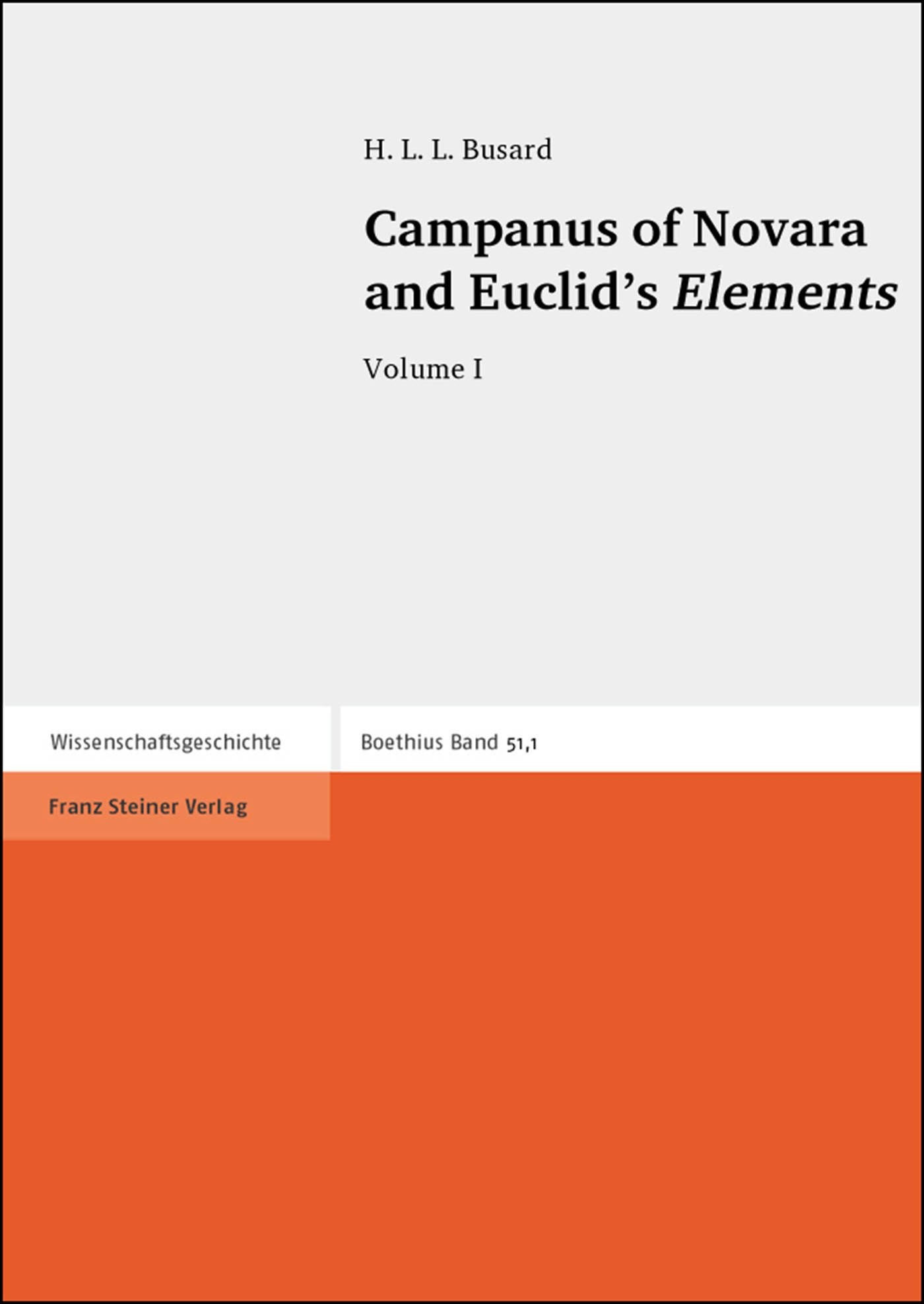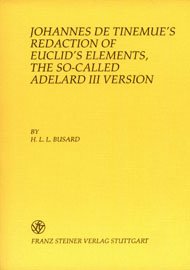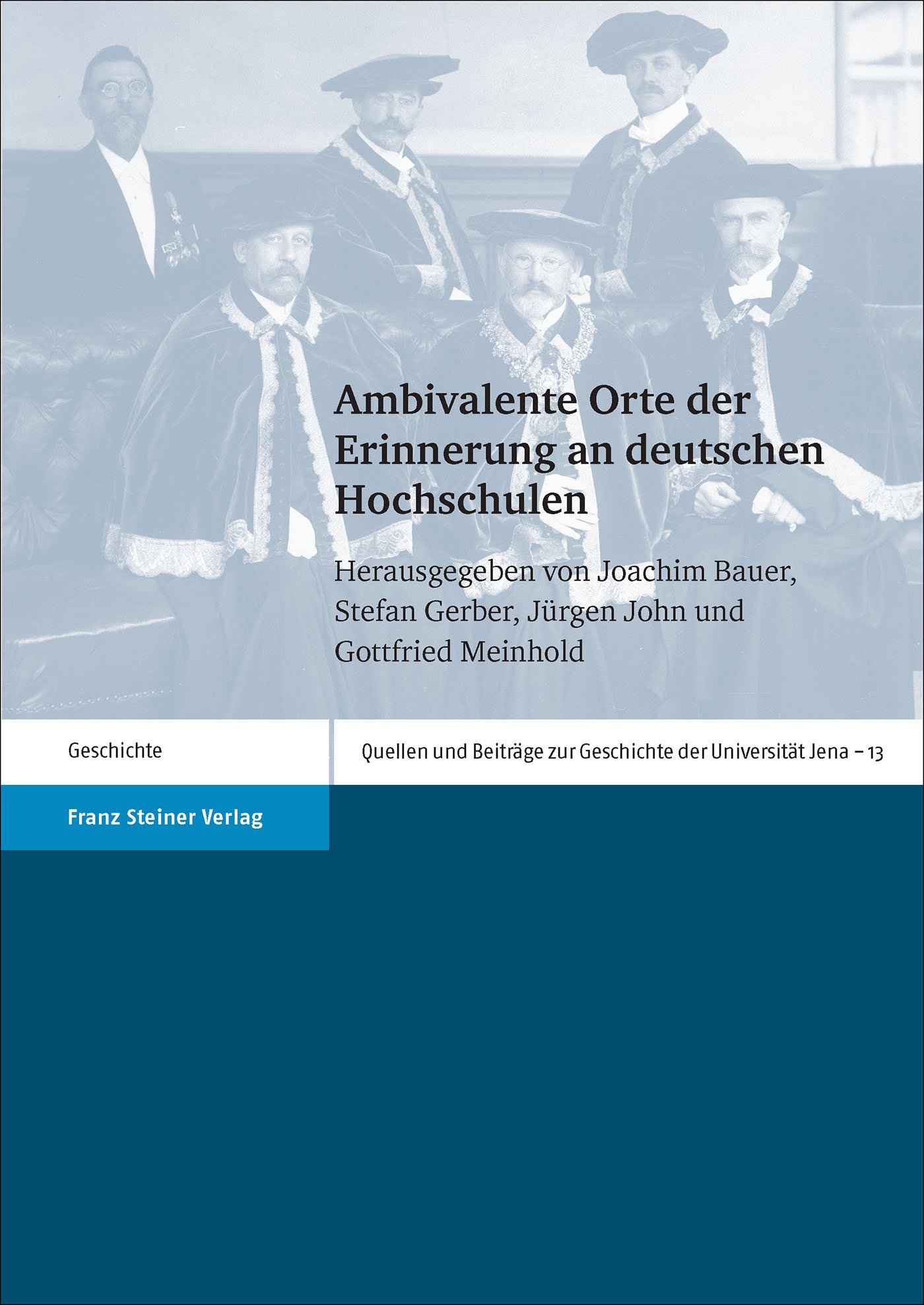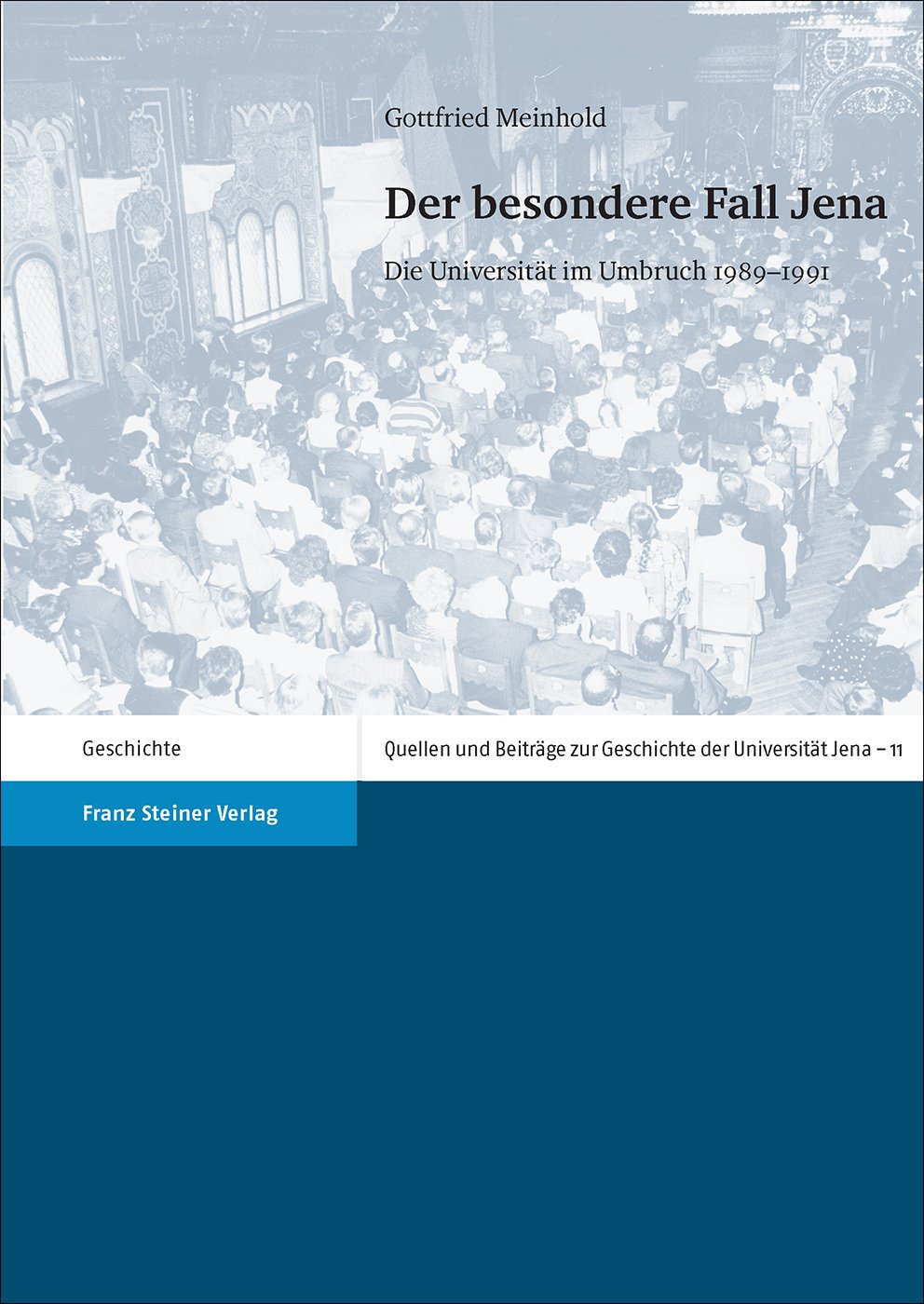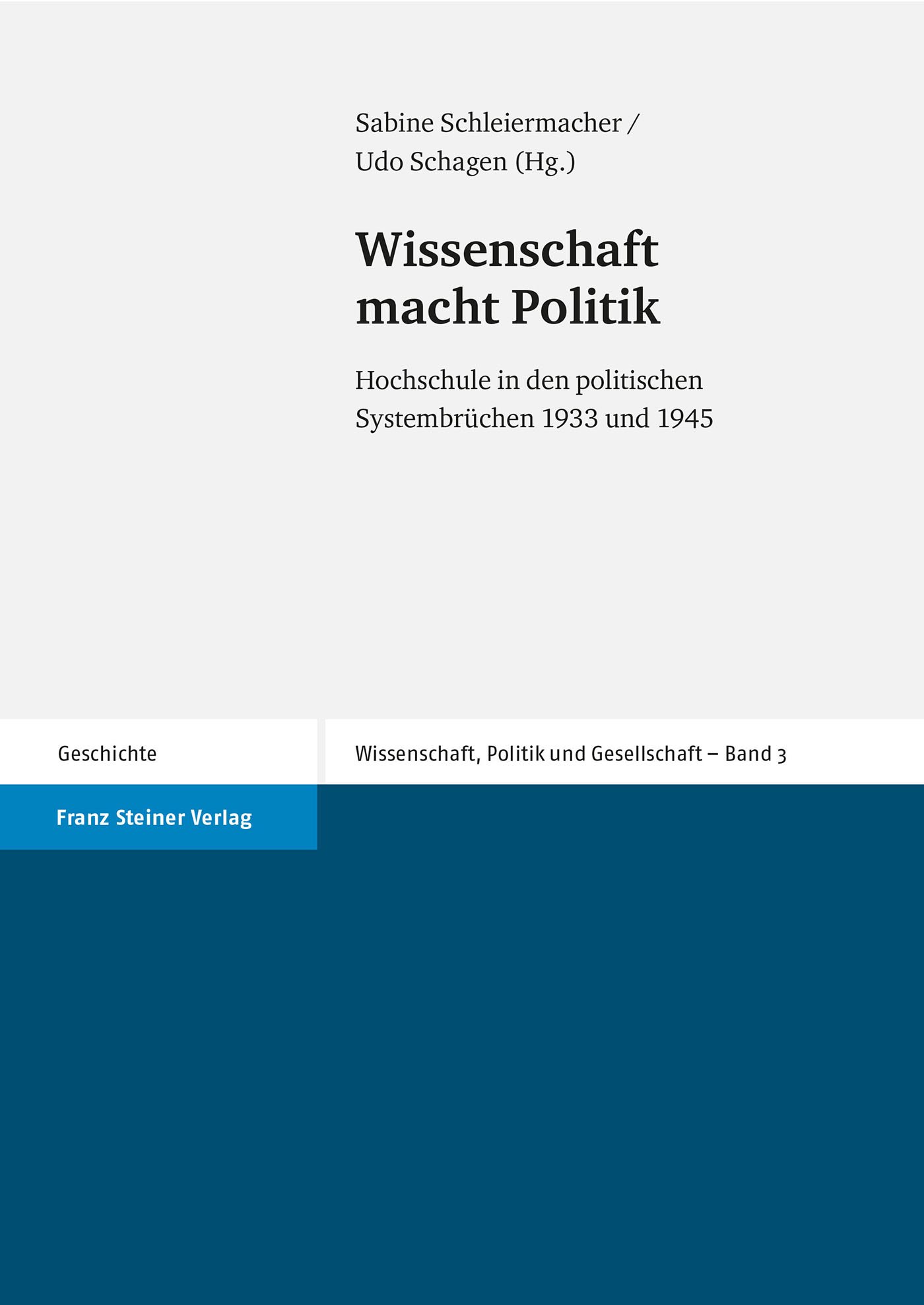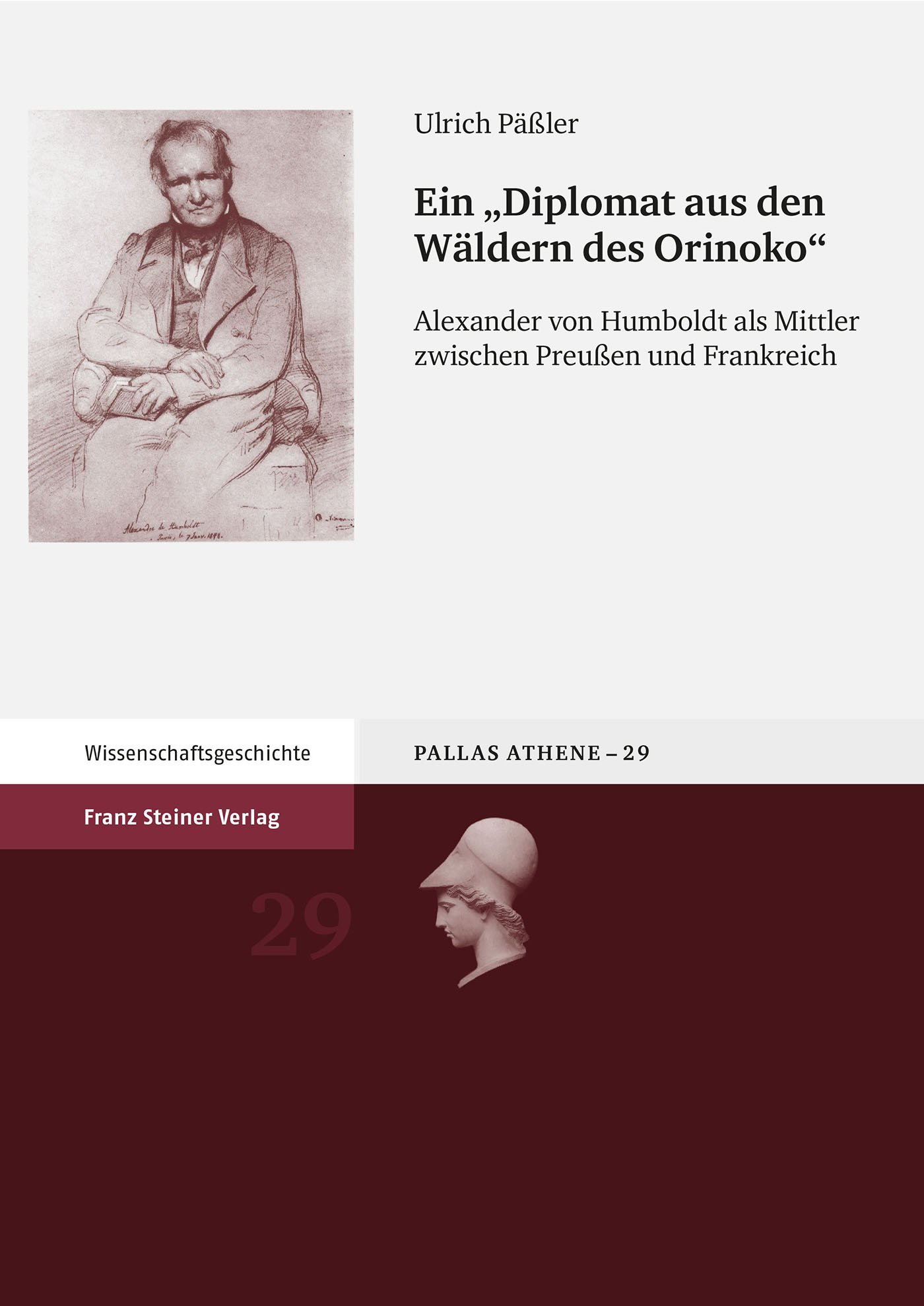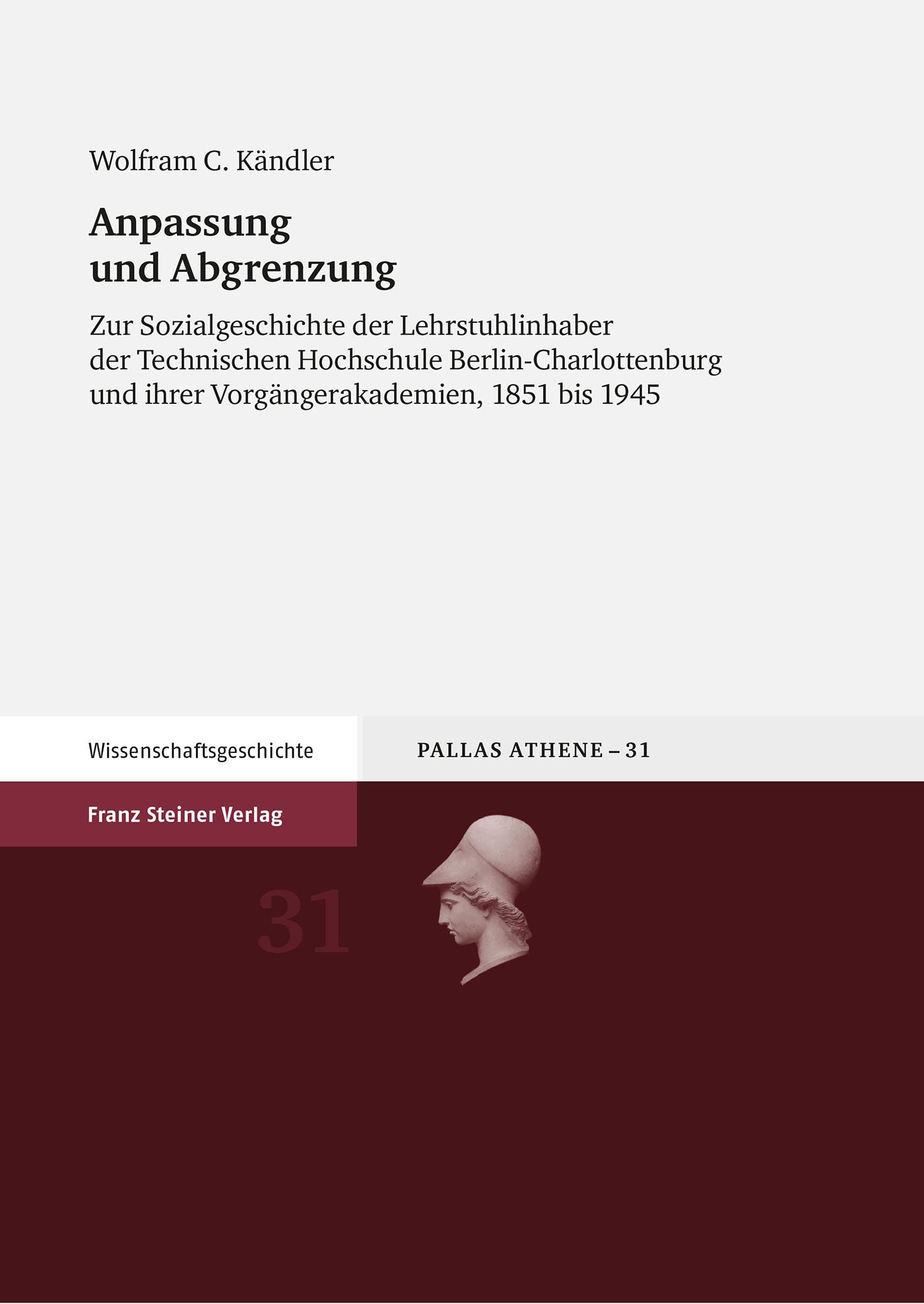Campanus of Novara and Euclid’s Elements
Campanus of Novara and Euclid’s Elements
Euclid’s Elements is acknowledged as the most influential writing on mathematics in the West at least till the end of the Middle Ages. Over the last thirty-six years several of the most important medieval Latin texts of the Elements have been edited. The most frequently used compilation remained, i.e. that of Campanus of Novara of the thirteenth century (before 1259). This version dominated Latin mathematics until printed editions were made from the Greek manuscripts in the sixteenth century. In 1482 the first printed edition of Euclid’s Elements appeared in the redaction of Campanus, which was also the first printed mathematical book of any importance.
"... In one way, Busard’s book is the culmination of his contributions to our knowledge of the Latin Euclids; perhaps more importantly it is a prelude to tou deeper understanding of how medieval minds worked in an essential part of the quadrivium."
Speculum A Journal of Medieval Studies 83, 2008/1
"... To sum up, Busard’s campanus of Novara and Euclid’s Elemts fulfillls a long-standing desideratum for a schlolary edition- though, alay, not a fully critical one- of the most important medieval and early Renaissance Euclidean text. For this, historians of mathematis are in Busard’s debt."
ISIS 99, 2008/1
| Reihe | Boethius |
|---|---|
| Band | 51.1+2 |
| ISBN | 978-3-515-08645-5 |
| Medientyp | Buch - Gebunden |
| Auflage | 1. |
| Copyrightjahr | 2005 |
| Verlag | Franz Steiner Verlag |
| Anzahl Bände | 2 |
| Umfang | XII, 768 Seiten |
| Abbildungen | m. zahlr. Diagr. u. Tab. |
| Format | 17,0 x 24,0 cm |
| Sprache | Englisch |
